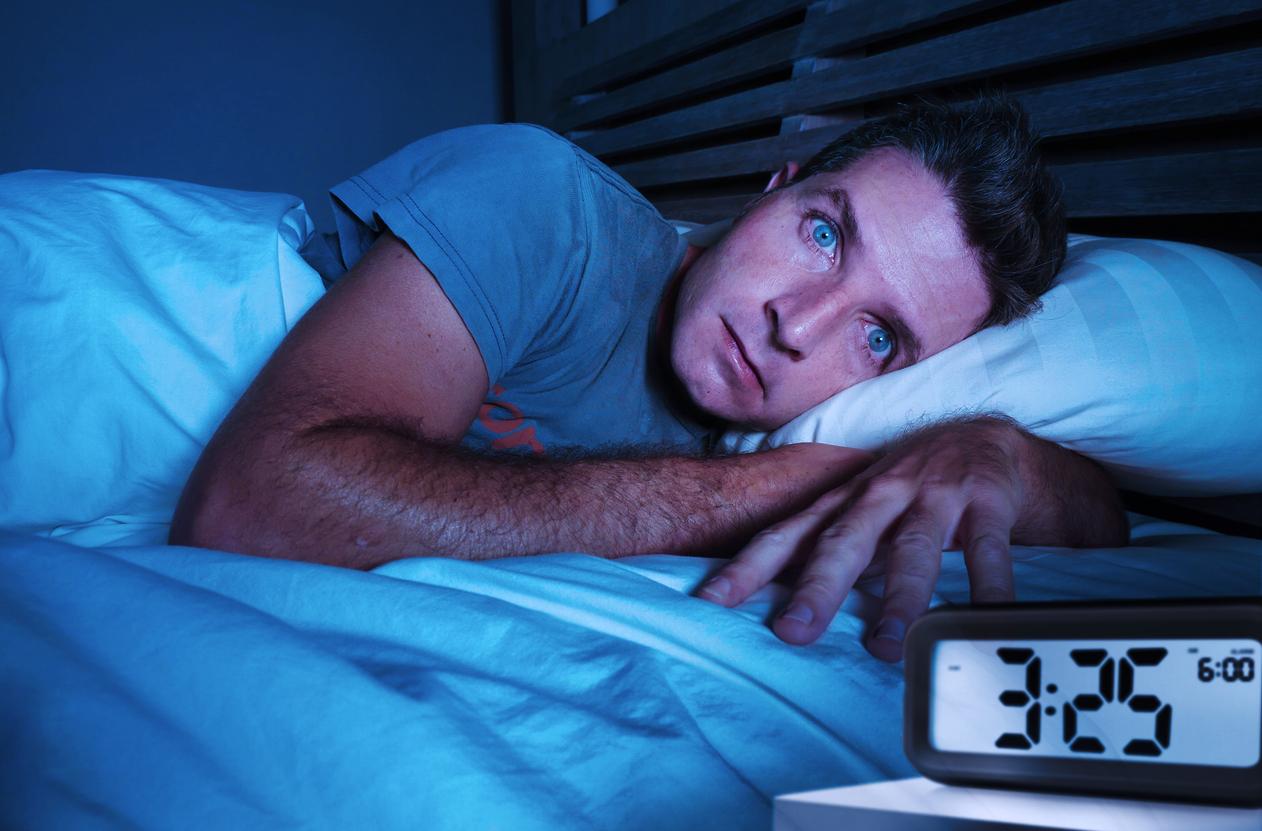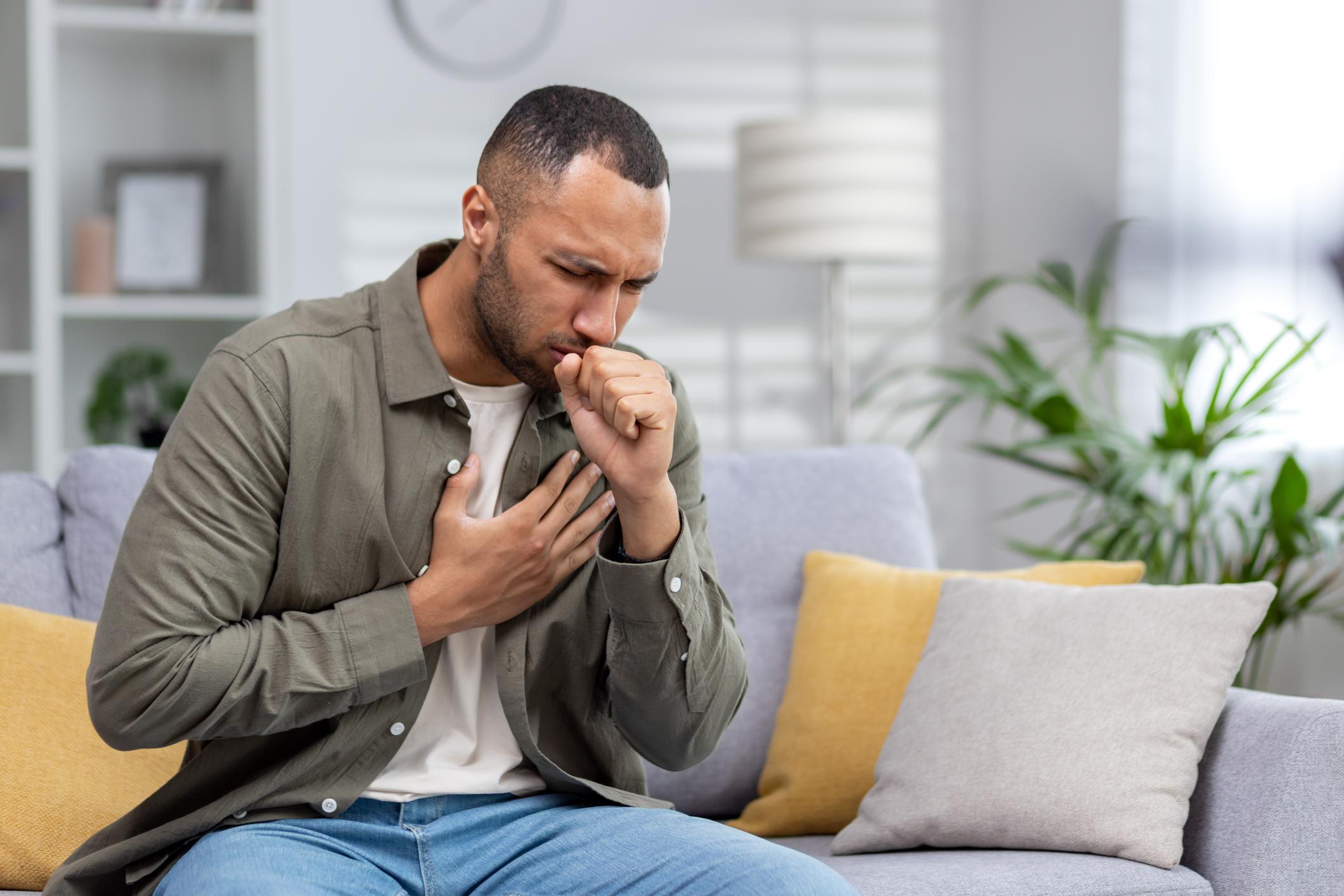Insecticides, herbicides, mosquito repellents… 75% of French households use pesticides. This is revealed by a survey carried out by ANSES.

Contrary to what one might think, the use of pesticides is not necessarily synonymous with a garden. And for good reason: three out of four French people use it at home. This figure, made public on October 7, comes from the study Pesti’homeconducted in 2014 by the National Agency for Food, Environmental and Occupational Health Safety (handles). Thus, 75% of the 1,507 households interviewed during the survey had used a pesticide product at least once in the year preceding this work.
Biocidal products to fight against insects, rodents, parasites and wood molds in the home, products to protect indoor and outdoor plants, human and veterinary medicines against lice, fleas, ticks … In total, ANSES identified more than 5,408 products stored in private homes.
Top-of-use insecticides
Insecticides are by far the most used, since 84% of households having used pesticides used them. In this category, ANSES notes the use of biocides against flying insects (40% of households) and crawling insects (28%), as well as veterinary drugs against pet parasites (61% of households having one).
After insecticides come herbicides and products against outdoor plant diseases, used respectively by 22% and 20% of households with a garden, terrace or balcony. The third category listed by ANSES is that of human skin repellents (like mosquito repellent sprays). 12% of people using them make frequent use of them, since half of the households concerned use them at least six times a year and a quarter of households do so more than 25 times a year.
Users combining different products
On the other hand, insecticides are used less frequently since half of the people who use them use them at least three times a year. Finally, half of the users use herbicides and fungicides at least twice a year.
If urban households (often living in Île-de-France) use few pesticides, there are strong users, who use products against fleas, ticks and lice, in particular to protect their pets. ANSES considers that very heavy users combine different products for multiple uses: the garden, the swimming pool, insect protection, etc.
The importance of reading and respecting the precautions for use
Another finding: 60% of households throw unused products in the trash when they should be taken to the recycling center or to the place provided by their town hall. Similarly, a third of households never read the instructions on anti-mite and anti-rodent packaging, while only 29% follow the precautions for use when using repellents – a figure that reaches 36% for products against flying insects.
ANSES recommends reading and observing the precautions for use of each of these products, ventilating the room after use before entering it again, and wearing gloves if necessary.
A new study planned overseas
“This information is essential for better assessing exposure and potential risks to the health of populations and in particular identifying cumulative exposure to chemical substances. The data collected has already made it possible to guide measurement campaigns in the indoor air and population impregnation studies (measurements in blood, hair, urine), and they will help to interpret their results”, can we read in the study.
In this sense, ANSES does not intend to stop there: the study has been extended to overseas territories, the results of which will be published in 2020. In addition, by the end of the year, the Survey data will be disseminated on an open data platform for use in research and assessments of population exposure to pesticides. The results will also be shared at European level.
.















